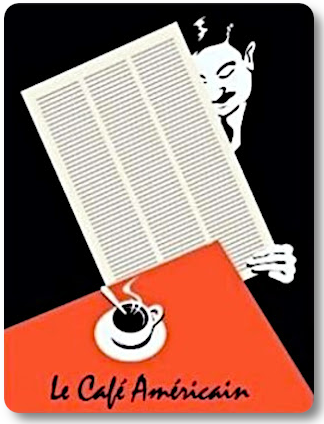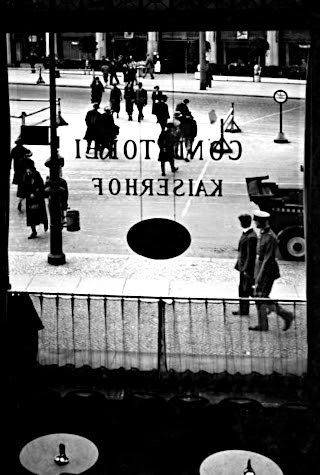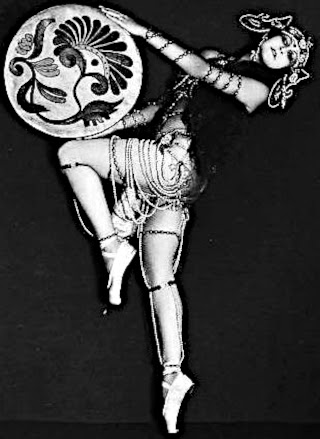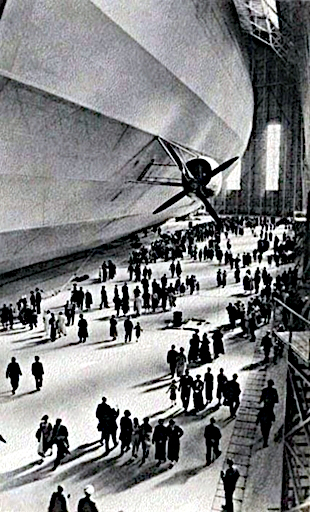"In case you failed to catch it in our previous articles this year, we thought we’d state it outright for our readers this month: the United States Government is on a trajectory to default on their obligations. In its current financial condition, it will not be able to fund its forecasted budget deficits and unfunded Social Security and Medicare promises on top of its current debt obligations. This isn’t official yet, and we don’t know when the market will react to it, but there is no longer any doubt about the extent of their trajectory. There simply isn’t enough taxing power, value creation or outside capital willing to support its egregious spending...
The projected US deficit from 2009 to 2019 is now slated to be almost $9 trillion dollars. How on earth does anyone expect them to raise this capital? As we stated in a previous article, in order to satisfy US capital requirements, all existing investors would have had to increase their US bond purchases by 200% in fiscal 2009. Foreigners, however, only increased their purchases by a mere 28% from September 2008 to July 2009 - far short of what the US government required. The US taxpayer can’t cover the difference either. According to recent estimates, tax revenue from all sources would have to increase by 61% in order to balance the 2010 fiscal budget. Given that State government income tax revenues were down 27.5% in the second quarter, the US government will be lucky just to maintain its current level of tax revenue, let alone increase it.
The bottom line is that there is serious cause for concern here – and don’t be fooled into thinking this crisis will fix itself when (and if) the economy recovers. Just how bad is it?..." Sprott Asset Management
Just a reminder, in case you had forgotten in all the excitement of a bull market rally in US equities and a reasonably good baseball World Series.
Ladies and Gentlemen, the United States Is Insolvent, 29 May 2009
The States racked up some serious debt in keeping the world safe for democracy in the Second World War. On a percentage basis, it has recently spent a significant amount keeping its financial sector safe from productive effort and honest labour. They will raid the Treasury, take their fill, and then compel the government to confiscate the savings of a generation by defaulting on its obligations, its sovereign debt.





































